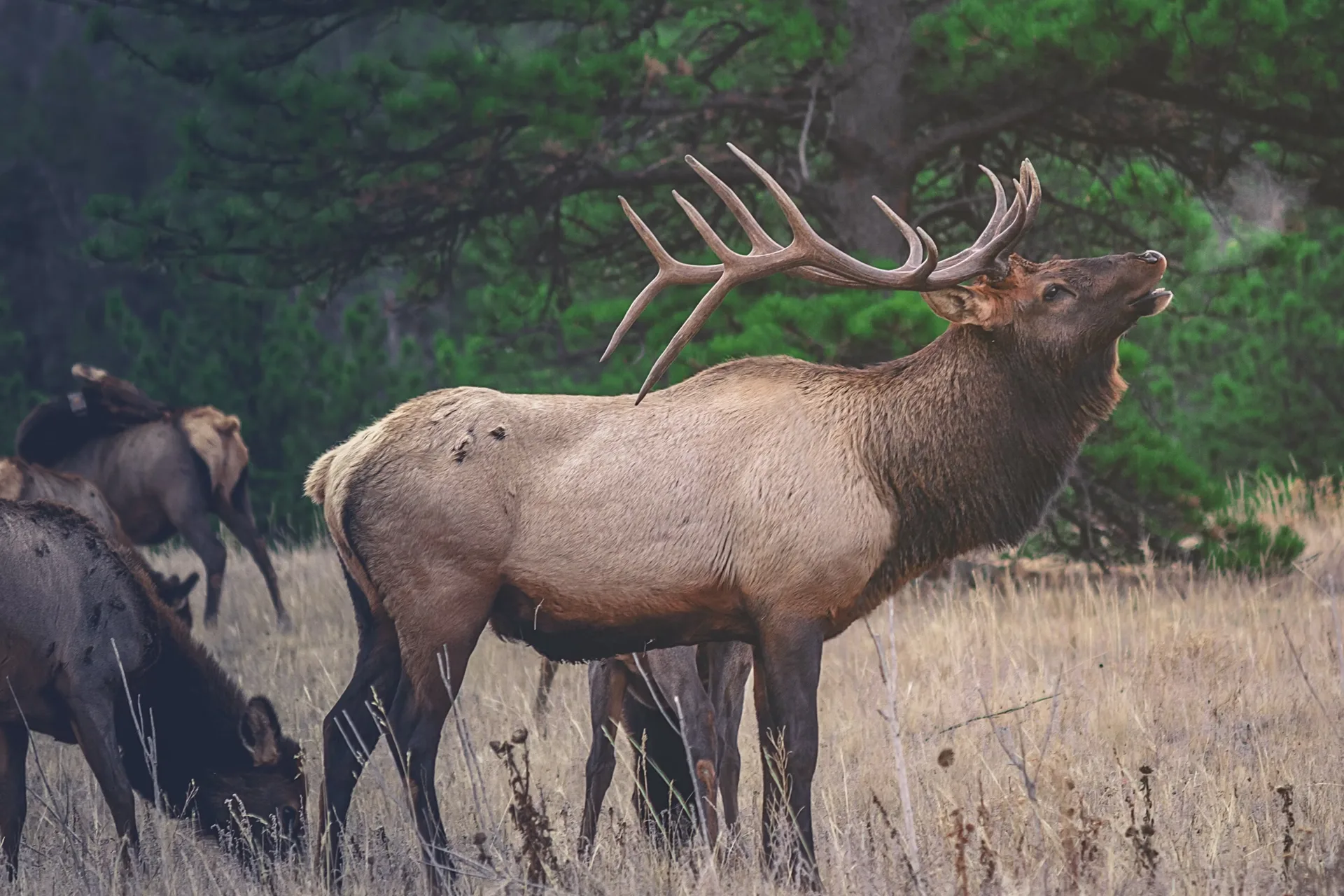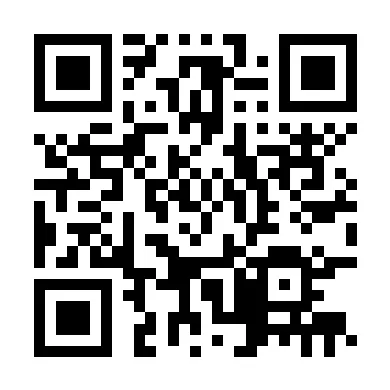Washington State has implemented new regulations aimed at curbing the spread of chronic wasting disease (CWD) among its big-game populations. Effective April 24, these rules prohibit the use of bait and other attractants, such as urine-based lures, in hunting deer, elk, and moose. This statewide ban marks a significant shift from previous practices that allowed baiting under certain conditions.
CWD, a fatal neurological disease affecting cervids like deer, elk, and moose, was first detected in Washington eight months ago. The disease spreads through direct contact between animals and via environmental contamination. By eliminating baiting practices, wildlife officials aim to reduce congregation points where the disease could be transmitted more easily.
Previously, Washington hunters were permitted to use bait, provided it did not exceed 10 gallons and was not placed within 200 yards of another bait site. The new regulations remove these allowances, aligning with efforts in other states to mitigate CWD’s impact on wildlife populations.
It’s important to note that while baiting has been a common practice among hunters, its prohibition is seen as a necessary step in disease management. Hunters are encouraged to adapt to these changes and continue their participation, as sustained hunting efforts are vital for controlling deer densities and managing the spread of CWD.
These measures reflect Washington’s commitment to preserving the health of its wildlife populations and ensuring sustainable hunting opportunities for future generations.
Source: Outdoor Life




